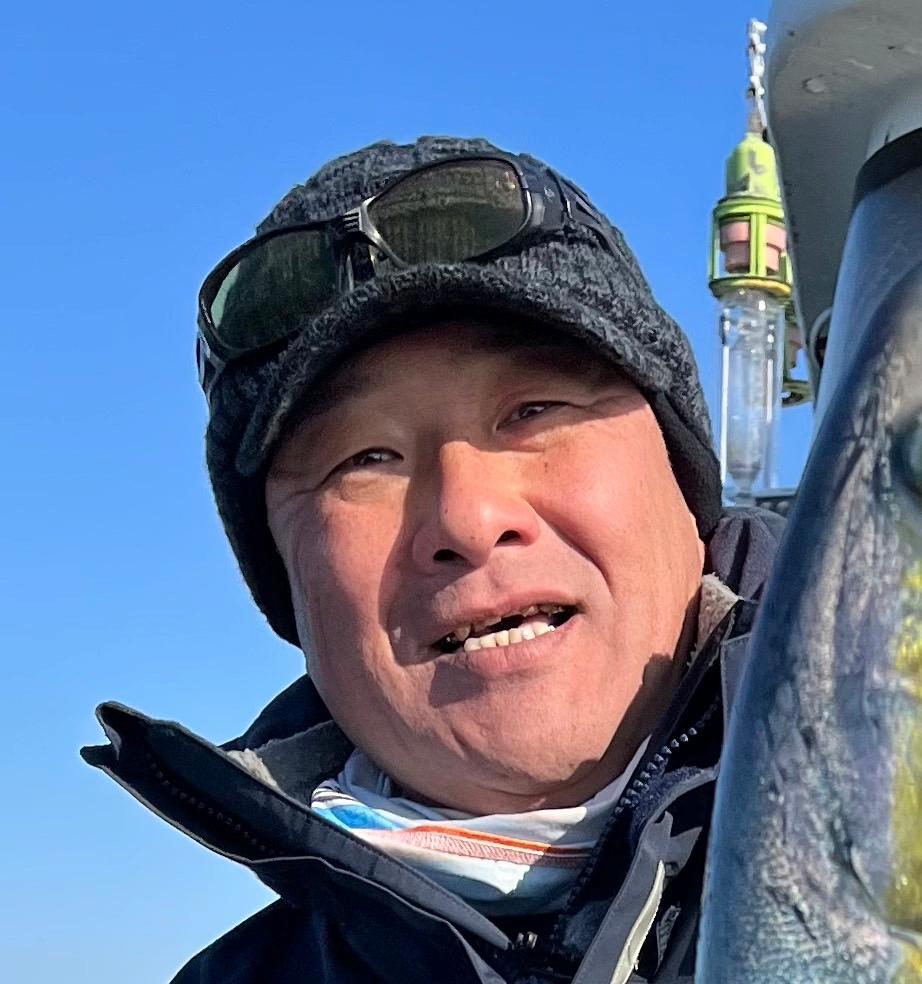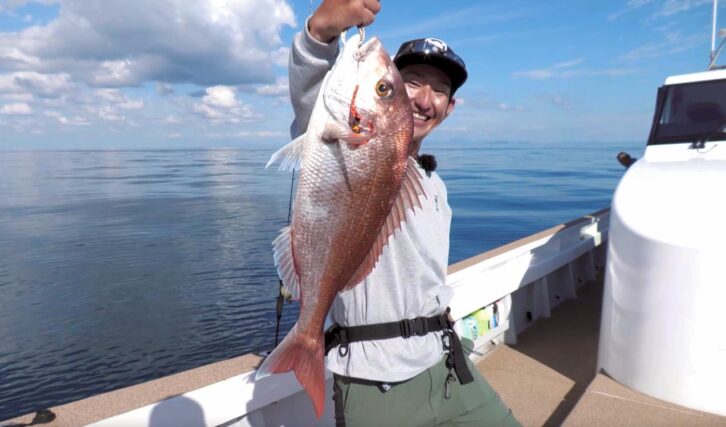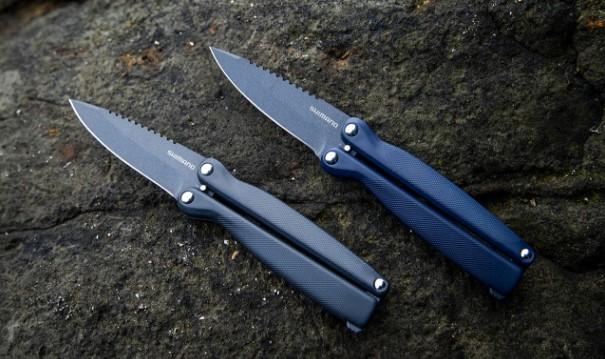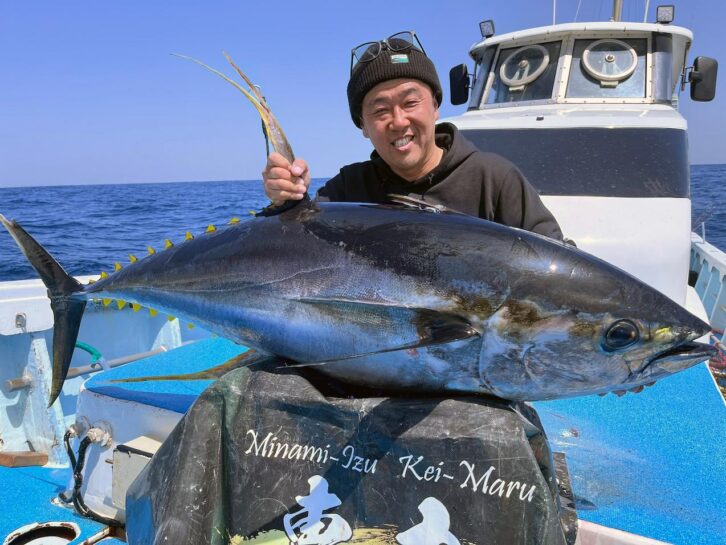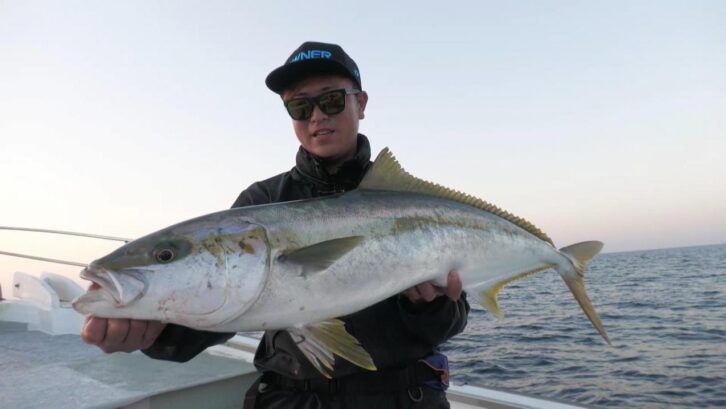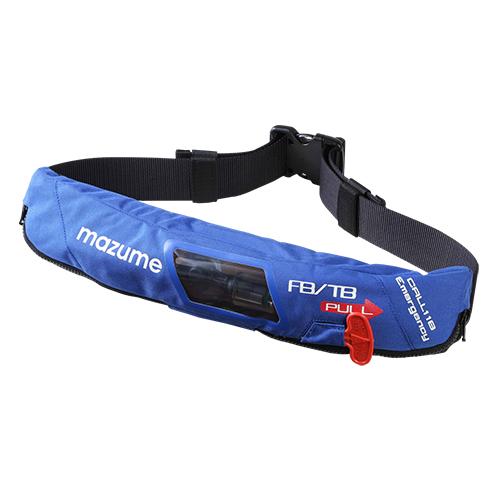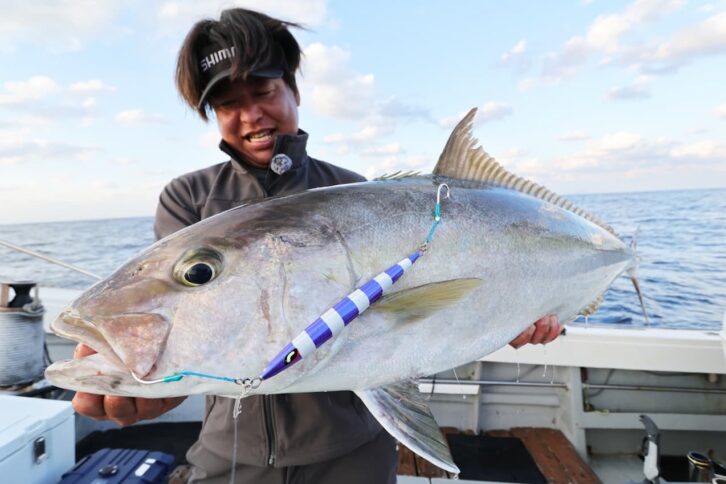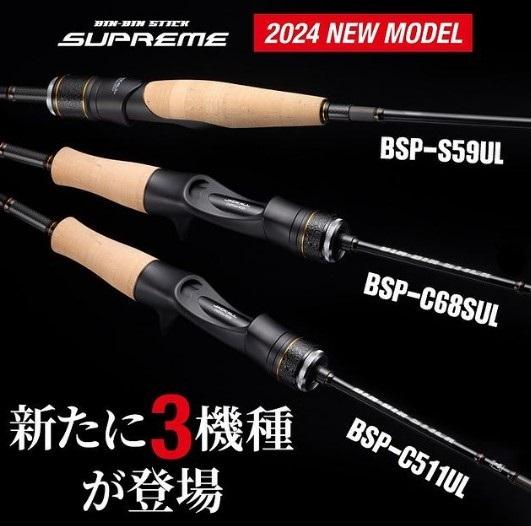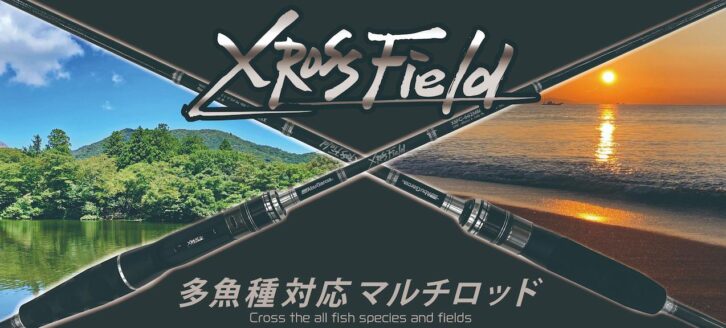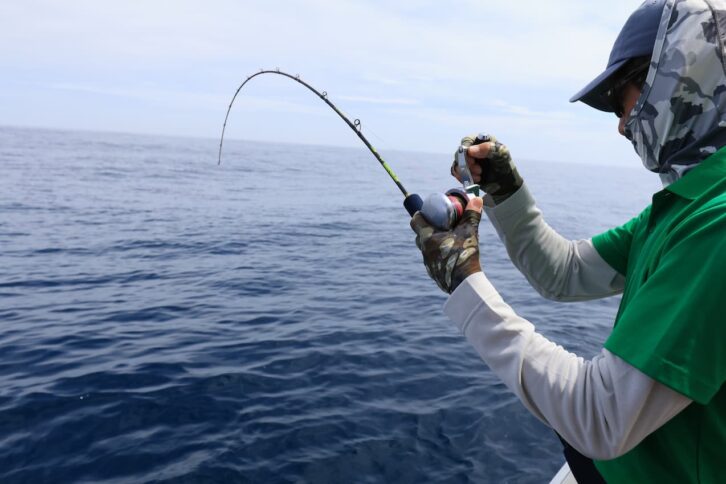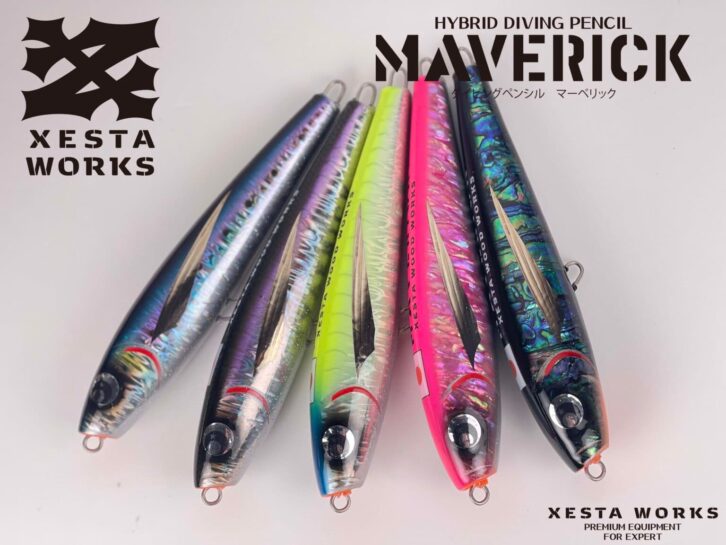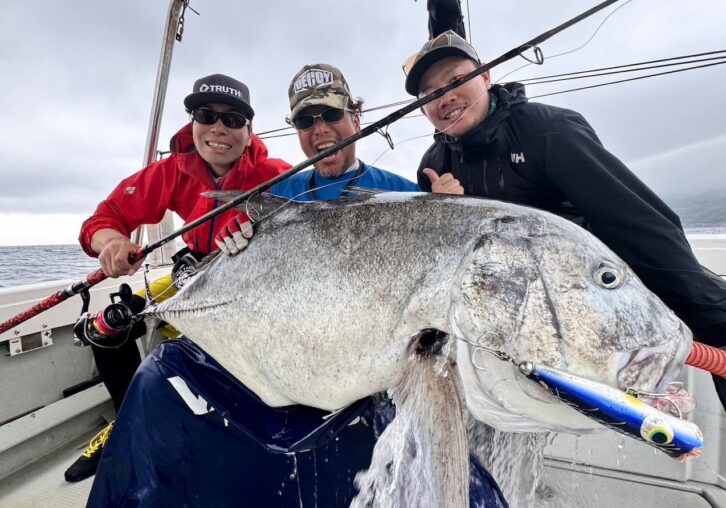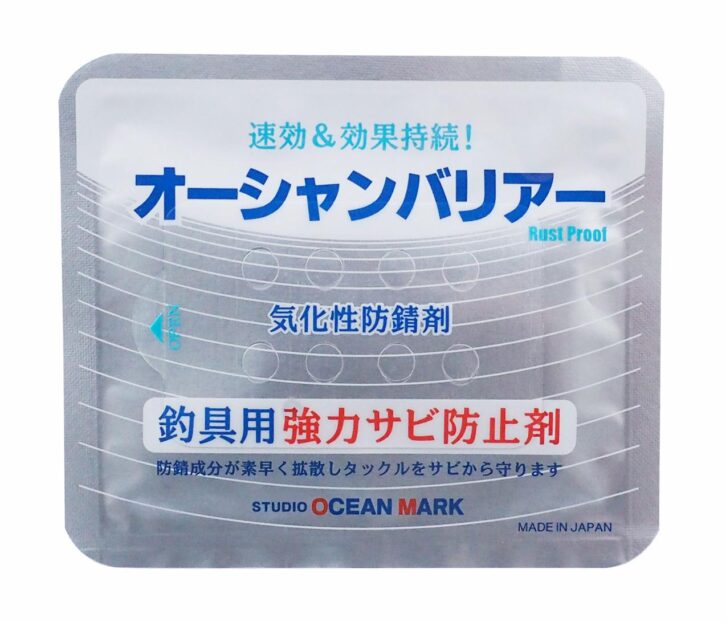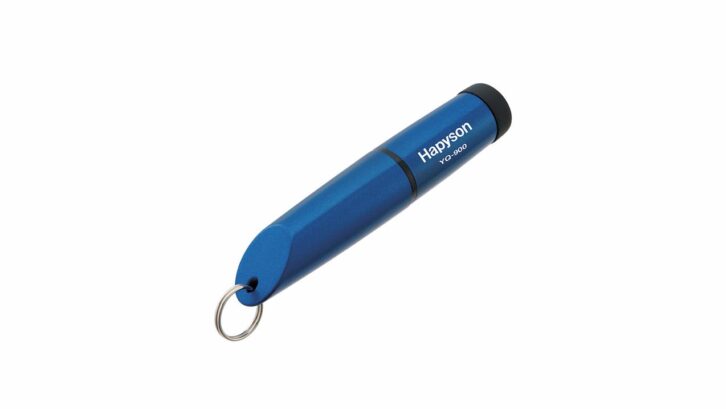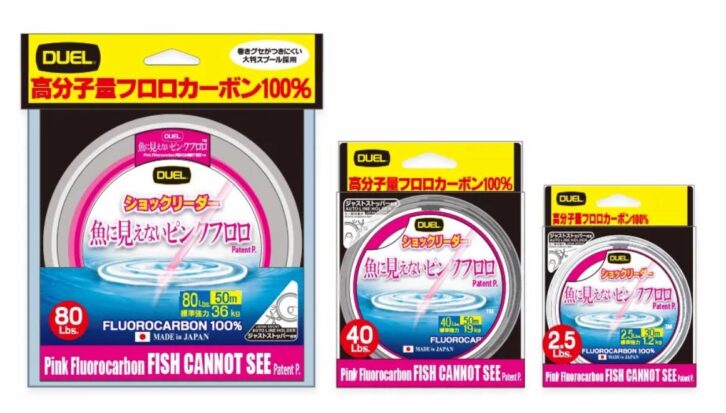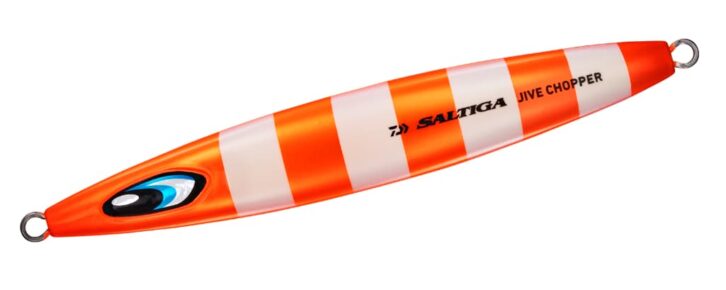Kei Hiramatsu's Offshore World vol.22
Offshore actual fishing. Off the southern coast of Izu just before the end of the rainy season Jigging for bluefish just before the end of the rainy season
Off the southern coast of Izu. Looking around, you can see Toshijima and Niijima, and looking back, Izu Oshima is located in the area. It is a popular field with easy access from the Kanto area. We will report on how we enjoyed summer offshore fishing in each style in mid-July.

INDEX
Game development and countermeasures for midsummer.
The area off the southern coast of Izu is one of my home grounds. The Izu Islands, which can be reached by a day trip from Ajiro Port, are as far as Mikurashima Island. I had been thinking about whether to cast for yellowfin tuna in the Mikurashima area or to fish the southern offshore area by gilling until the day before we set sail.
The boat we would be using was the Moriryu Maru from Ajiro Port. It is popular as an expedition boat, and its sailing rate to the Mikurashima area is high this time of year. This time, however, after consulting with the captain, we decided to target the southern offshore area. The weather forecast for the day of departure was cloudy after rain. A rainy season front was spreading over the Shizuoka area, and it was a typical rainy season sky. Waves were 1 meter high and the wind was calm. The only thing to worry about was the rain, so we chartered the Moriryu Maru and headed south offshore.
Eight anglers participated this time. Those who wanted to cast for yellowfin were asked to stand on the middle side of the boat, while those who wanted to jig for bluefish were fishing on the starboard side of the boat. Each angler was familiar with his or her own fishing style, so anglers could concentrate on fishing with ease. This was immediately apparent in the tackle that each angler had brought.
We gathered at Izu Ajiro Port at 3:00 pm. We made preparations before setting sail and left the port at 3:30 in the still dark. The Moriryu Maru is an expedition-permitted vessel, and since it is permitted to sail in a wide area, the equipment on board is excellent. Each angler has a one-tatami mat bed space with air conditioning and heating. The boat departs at 3:30, and anglers can rest in the air-conditioned cabin for the two and a half hours it takes to reach the first point of interest.
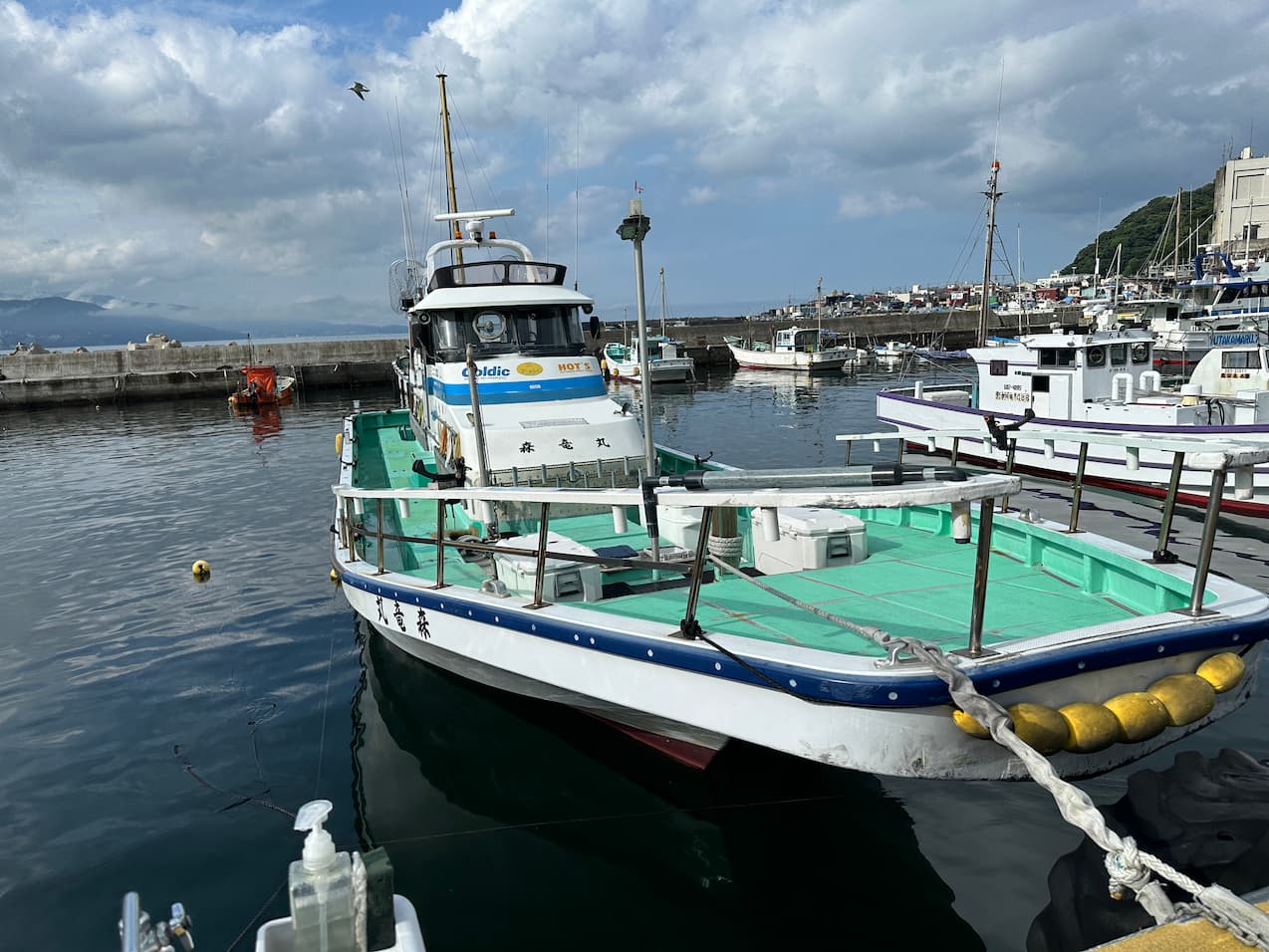
The Moriryu Maru departs from Ajiro Port in Higashi Izu, which is easily accessible for anglers from the Kanto region. This expedition boat takes anglers to the southern coast of Izu, Mikurajima, and other dream fields.
The sound of the engine dies down, and I step out of the cabin to my fishing seat. With a toothbrush in my mouth, I look around. Toshima and Niijima are clearly visible, and looking back, I can also see Izu Oshima. This is my favorite area off the southern coast of Izu. I stood on the fishing line with such anticipation. The boat was checking the current and determining where to cast the current, watching for reactions. Boils could be seen in the area. Waterfowl were moving restlessly. The “fishiness” could be detected visually.
At 6:00 a.m., we started fishing. Three anglers started casting toward the boilies on the Myosi side. The announcement was made that “baits were reacting in the rising water. I started dropping a metal jig from the big top (rear) of the boat. The depth was 80m, but the current was fast. Captain Morino announced the depth in small increments when we were targeting the run-up. 81m, 79m, 75m, 70m, 66m…” Listening to these counts, the jig was dropped. Listening to this count, I try to read the distance to the bottom of the jig. Is the weight of the metal jig sufficient for the tide? Is the direction of the boat’s current (the captain’s thought) in line with the direction of the metal jig I am dropping? This is the first thing I pay attention to. The captain’s announcement of the depth of the water is the most important part of jigging for bluefish, because the boat’s position should be set according to the bait reaction on the fish finder. I felt that Gummy 200g was a little too heavy, so I switched to Gummy fat 250g in the next sink.
I first assessed the situation in the first sink. In that sink, I had a few bites from yellowfin tuna on the fish side of the channel. The hooking was not good enough and 3 bites were broken off. The contact with the surface of the water did not seem to be highly active. However, there seemed to be a lot of fish. I was very conscious of going to the bottom, seeing the situation of the top game.
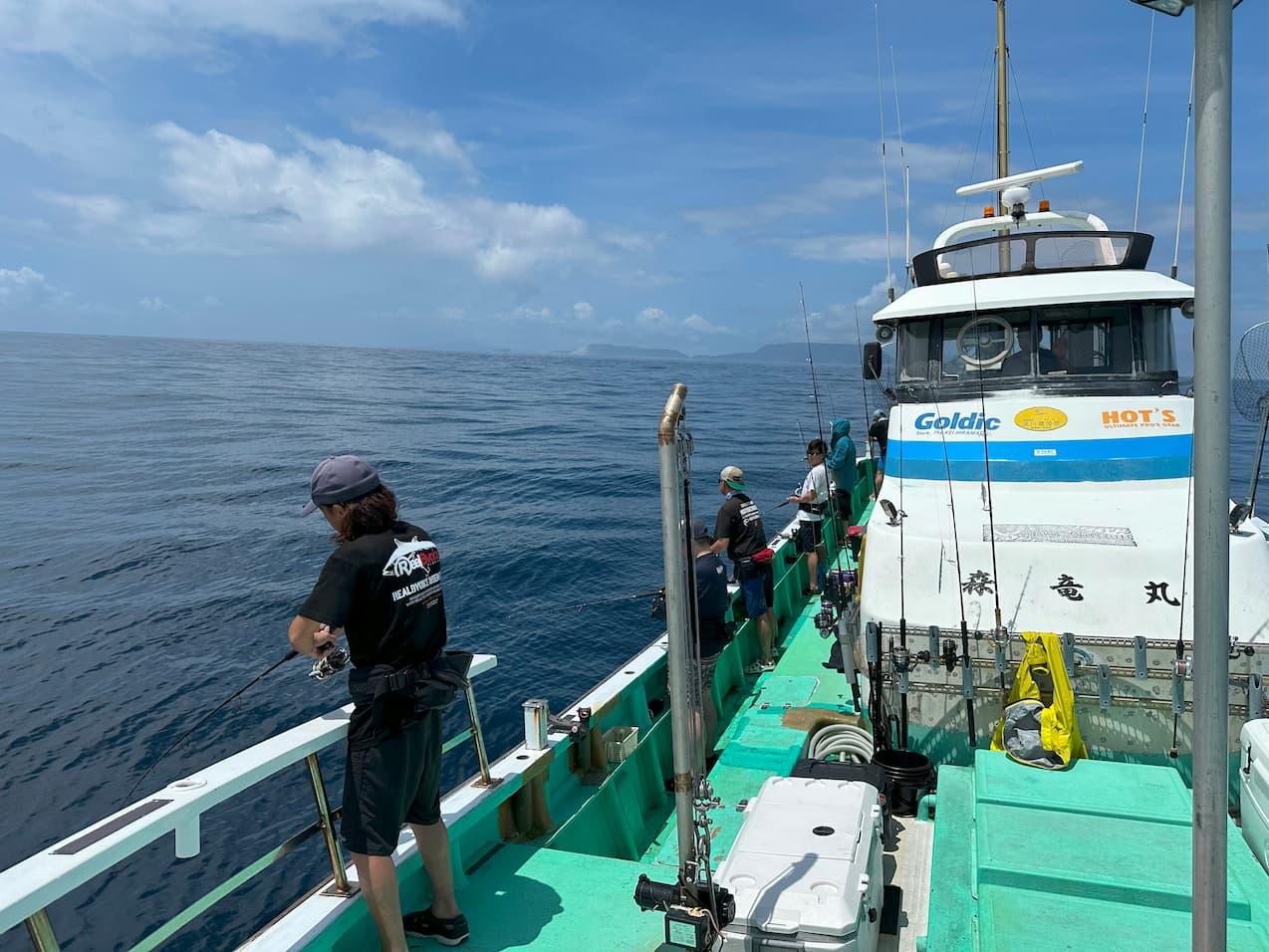
Casting and jigging anglers were fishing on the starboard side of the boat. It is good to be able to enjoy both depending on your preference and timing.
Jigging off the southern coast of Izu.
The point is around the ups and downs of the rapids. The current is such that the bottom tide lifts with Gummy fat 250g. This is difficult. When I was fishing in this kind of offshore area, it was easy to get the jig to land on the bottom if the current was down, but when the current was up, it was difficult to choose the weight of the metal jig. Even if you are the only one who can choose the right weight for the tide, if the jig weights of other anglers are not the same, line slugs can cause problems. The current is like a dotted current but the bottom tide is lifting, so it is difficult to control the jig.
I switched to a Gummy 310g. I wanted to drift the jig around the bottom. I put in a 310g jig in an area shallower than 80m, and I could smoothly pull the jig so that I did not feel the load of the jig weight on my rod. This is because the 310g jig weight is lifted by the tide. Other anglers were having a lot of trouble catching fish. They seemed to be having a hard time. I wanted to take more time here, but the captain saw the situation on the boat and decided to move to a different point. The casting team on the miyoshi had a good-sized fish, but it seemed to be broken up. It was no use.
The boat moved to the rapids on the east side. The depth was around 120m. The announcement told us that the deep water was responding well. Just as we were about to make our move, the area began to be covered with dark clouds. It was a low cloud with rain. At this point, we switched to Gummy 250g and started again from 109m. A few moments later, a large drop of rain started to fall. The team on the Miyoshi side, who had been casting, changed their grip to jigging rods and started to shuck them.
The first hit came from Mr. Mitsui, who was searching among the doh. The hit on the bottom was highly anticipated by all the anglers. After a careful fight, he brought up a 5 kg class Striped bonito. This one fish got the anglers on board fired up. However, the rain was heavy. In the rain, they moved the metal jig silently. The point goes back and forth around 120 meters, and the boat is re-rigged and shuffled to meet the fast-footed reaction. It was like enduring a period of patience.

Hagatsuo was the first catch on the boat in the rain. This year, we have had a lot of hits of hagatsuo. Everyone is fired up.
Hiramatsu-style mast pattern.
Depth of water 110m.
The water was 110 m deep and the rainfall was still falling from the sky. I used the Gummy 250g as I crawled on the bottom. I caught a few Striped bonito, followed by a few Pale snapper, which I could not get enough of. I concentrated more on the fish, thinking that this was feeding time. The bait the Pale snapper spit out was about 3 cm in length. They were eating a lot of this bait. The bait was small. Equally, I decided that the situation was difficult.

While attacking the deeper areas, Mr. Nakamura was hit by a Pale snapper.
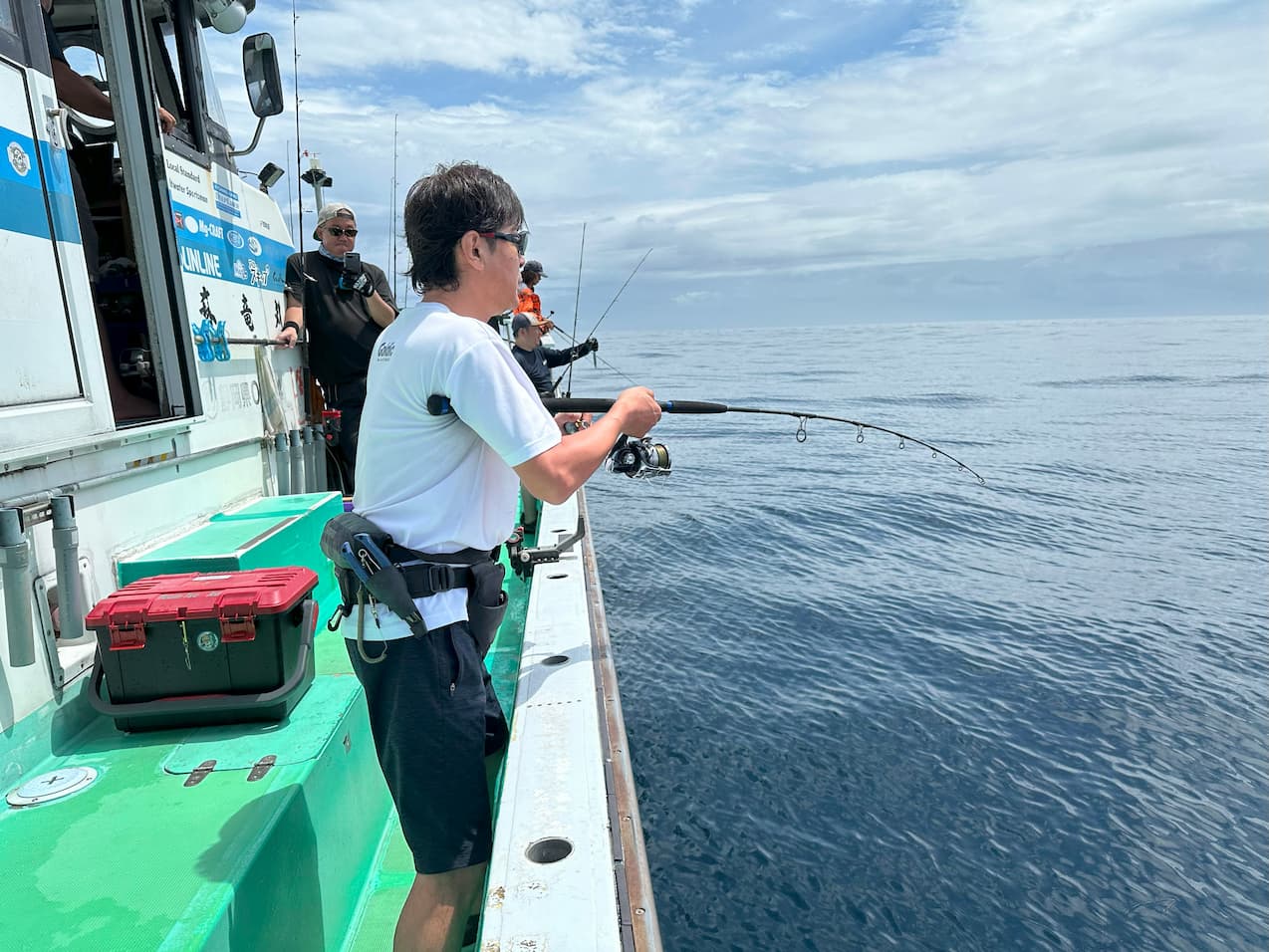
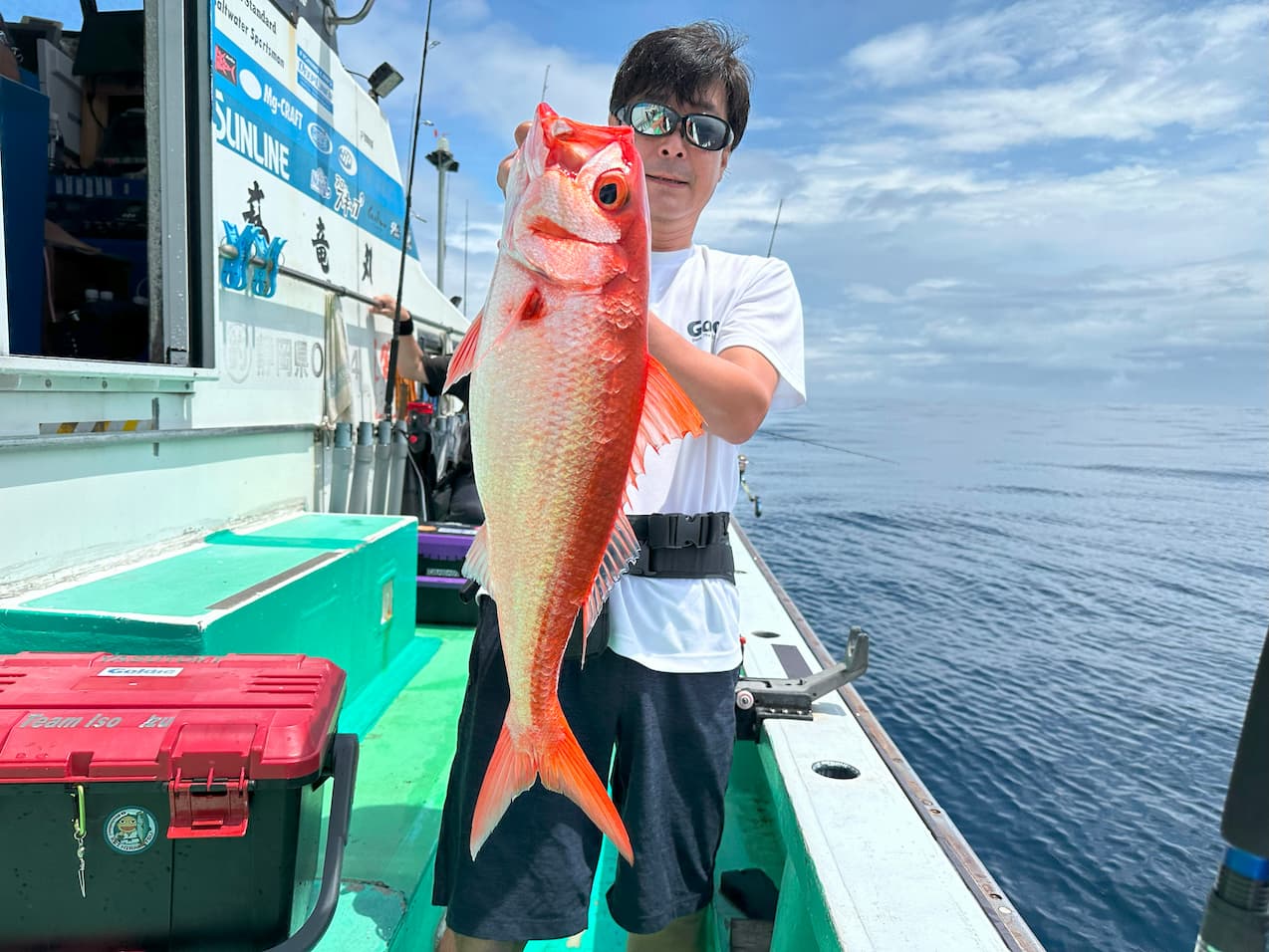
Mr. Yasutomi, a veteran angler from Izu, also got a hit. However, this one was also a Pale snapper.
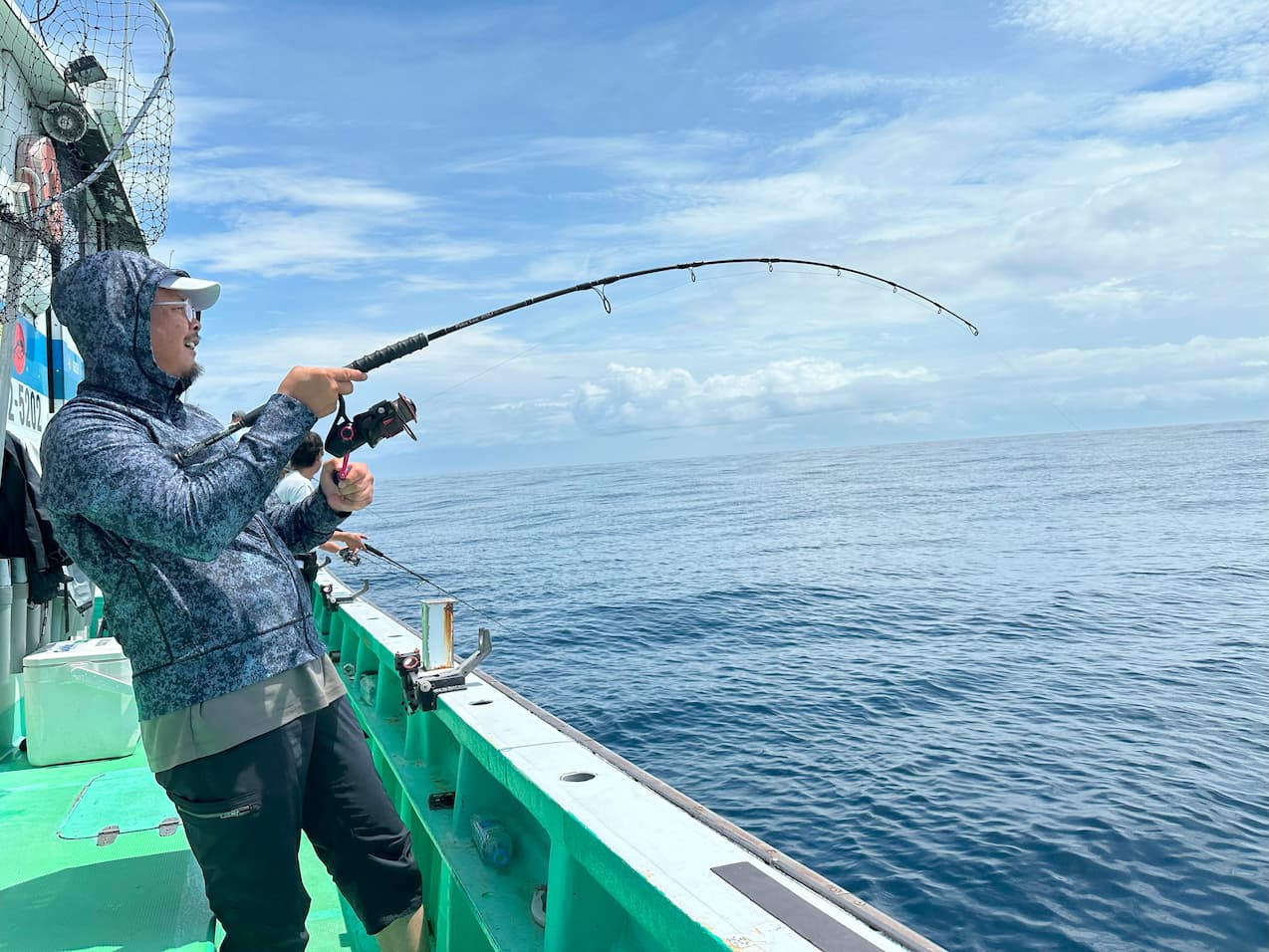

Mr. Hosono also got a hit on the bottom!
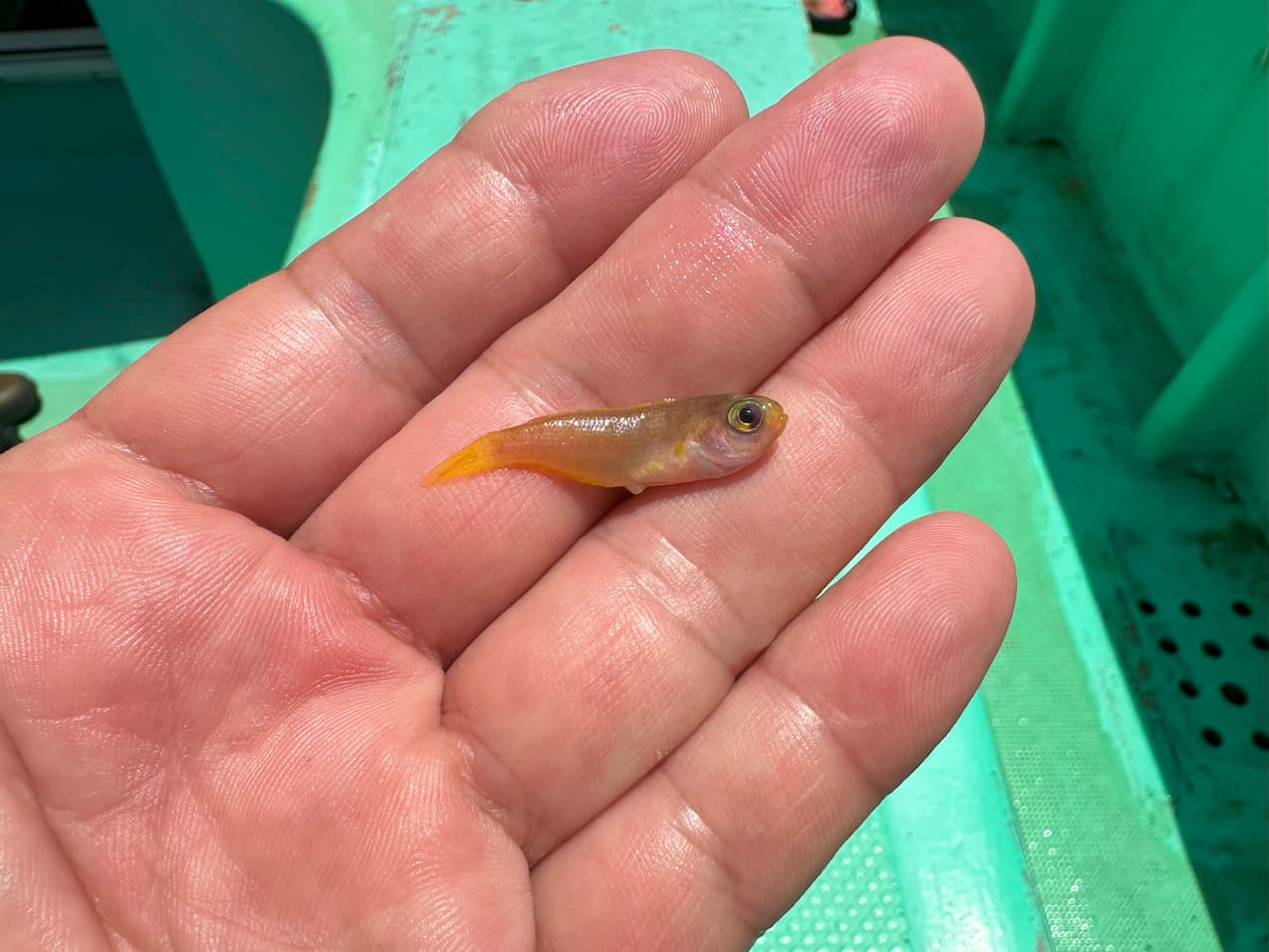
The bait spit out by the bigeye snapper was this size.
Now what should we do? The bait response is on the bottom. The bait that is reacting is small. Fish-eaters are targeting them as if they were surrounding them…. That’s what I thought. Because the baits are clustered together, there is a solid reaction on the fish finder. There must be bluefish around them. After the jig landed on the bottom, I searched around the bottom of the river as if I was trying to get into the bait’s reaction. I shook the jig three times, took the bottom again, and shook it three times again. It was a lift-and-fall action, but I tried to give an impact to the speed of the shove, and targeted bluefish with the image of the jig plunging into the bait.
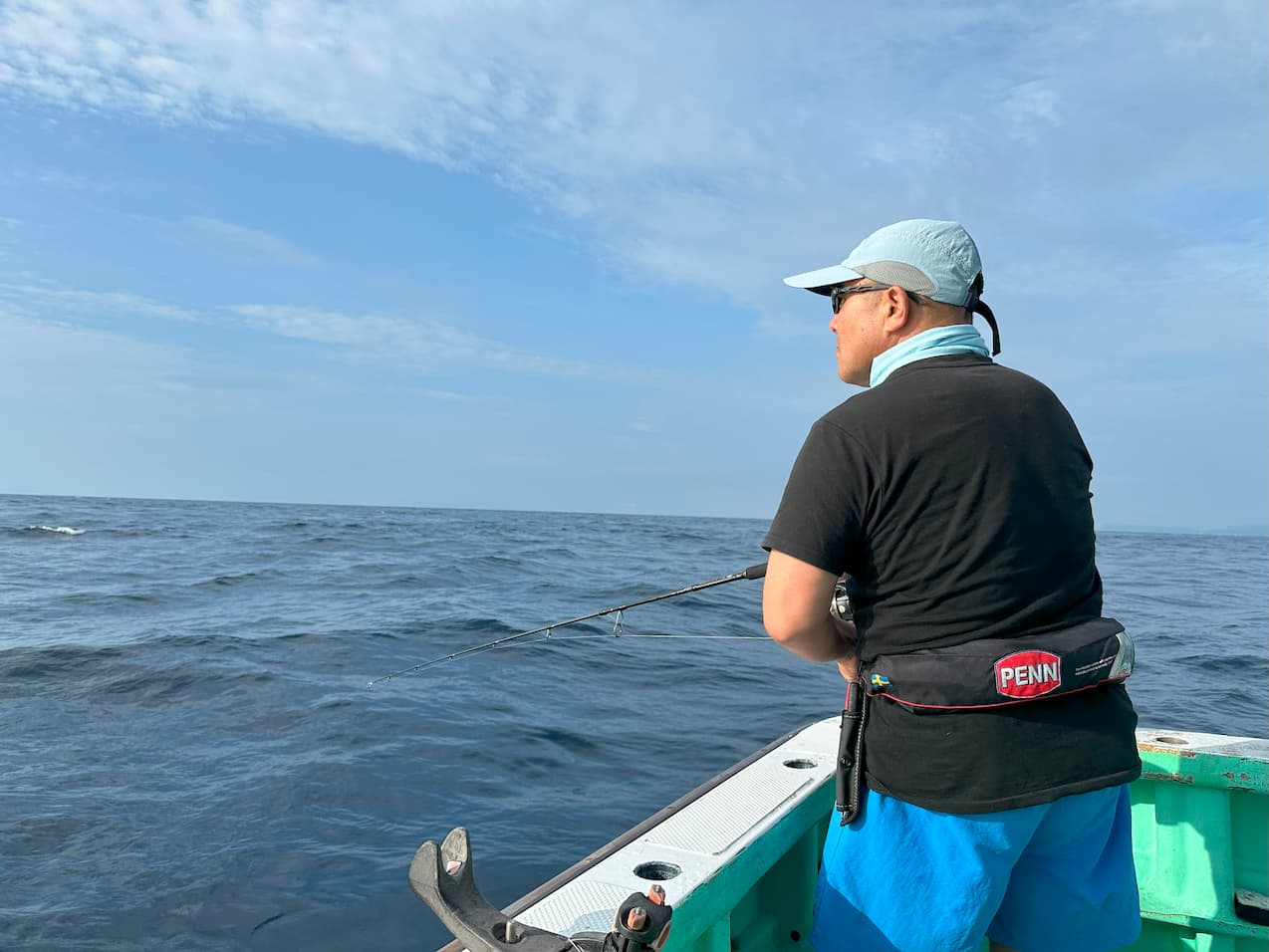
Fish eaters are feeding on small fish on the bottom, so I carefully searched the bottom. I moved the jig in such a way as to reproduce the movement of a larger bait that preys on smaller baits.
Gong!” The bite was a spectacular one. It was a strong, snatching bite. Since I was fighting from the bottom, which was at least 100 meters deep, the fish was mainly heavy at first, but it showed several downward running movements in the middle layer, so I was hoping it might be a kampachi. I hoped that it might be a kampachi. It came up. It was raining, but Captain Morino came out from the wheelhouse and scooped up the fish. As expected, it was a amberjack. I was so happy. It is the most interesting and joyful part of fishing when a fish is hooked and caught just as you had imagined. I was honestly happy to catch a fish just as I had hoped. I thought about what kind of situation the bait was being chased as a Hiramatsu-style must-have pattern. I was sure that other fish must have been around the bait, trying to prey on the small bait. I assumed that the bluefish were targeting not only the small bait but also the small fish that were attached to it, and I played the small fish to entice them to use their mouths for the main target. This was my analysis of how to target kampachi at that time. There are many situations in which a one-size-fits-all approach is unworkable. I was conscious of easy prey baits and imagined fish on small baits, and I think I was right on target. Jigging is a very deep and interesting sport because you can’t see it with your eyes.

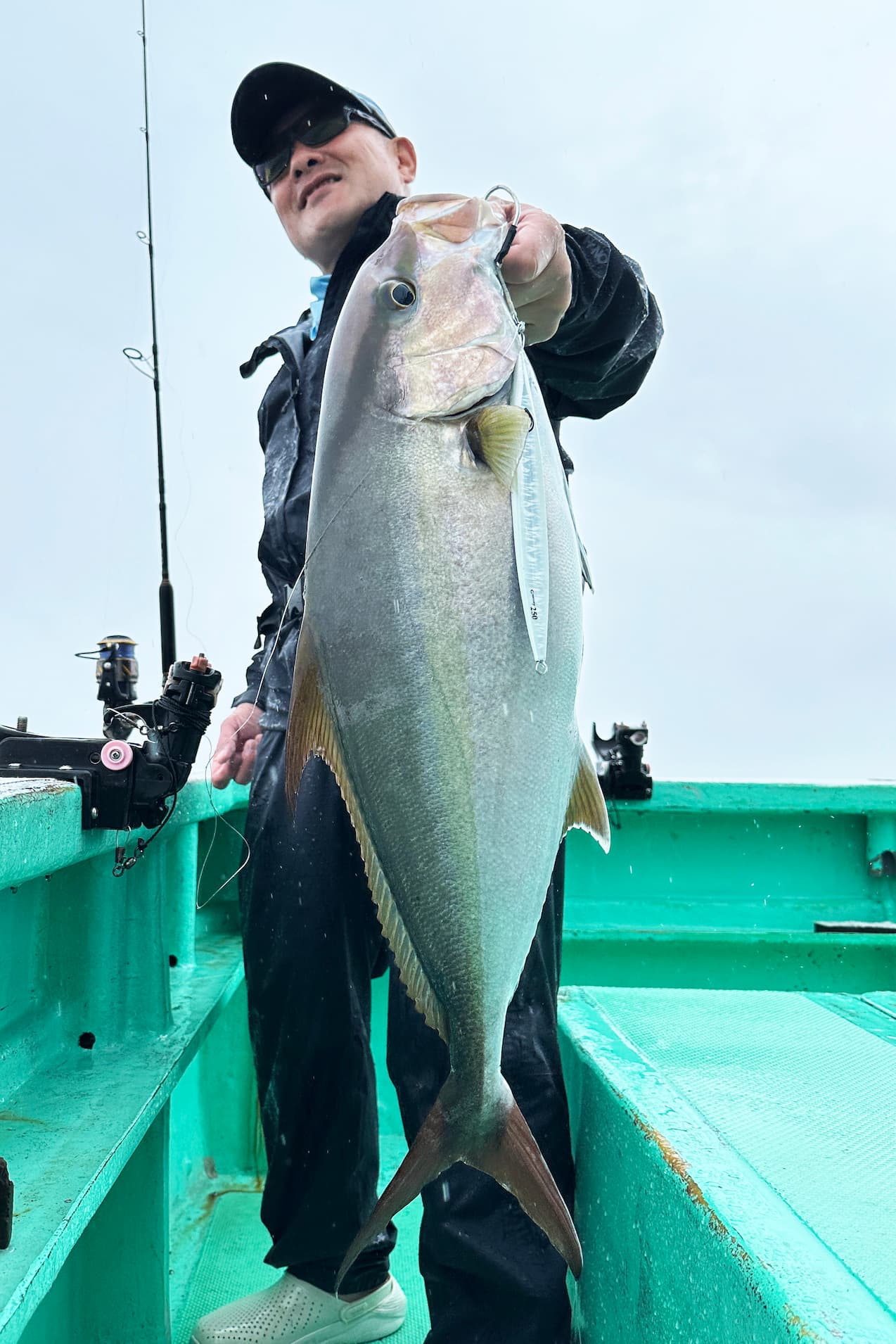
I was able to bring in a hit with my own jigging technique, and although it weighed about 5 kg, it hit just as I had expected and I was very happy to catch it.
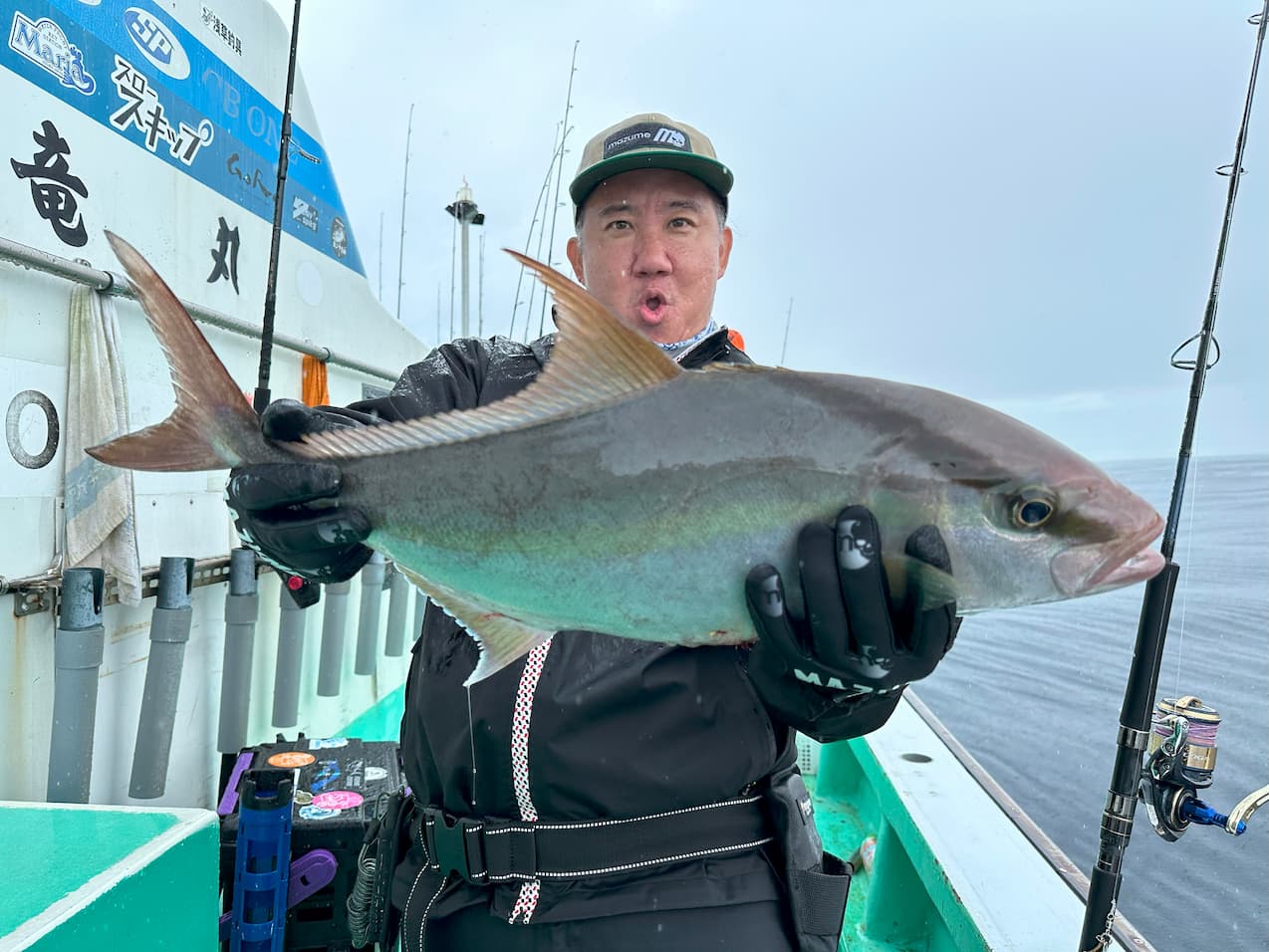
We ended the day with a total of two Kampachi, including this one. It was a tough situation, but we have had good numbers of amberjack and yellowtail this season. We would like to try again when the conditions are right.
Offshore game off the southern coast of Izu, an area I started visiting in my late twenties. There were few lure boats in the area at that time, and I was moving around in the pioneer days. Nowadays, the environment is really understanding of the offshore lure game, and this environment has brought good fishing results and invigorated anglers. It is now an environment where lure anglers can easily fish and get information every day. This time, I entered the southern offshore area for the first time in a long time. The fish weighed about 5 kg, but it was fun to catch it.
The top game on the Miyoshi area was good, but the fish were as rich as ever, and if the timing was right, we could target a few or even a large fish. There have also been reports of good-sized Yellowtail caught by jigging. The Izu area offshore game is easily accessible from the Kanto area and is well prepared to accept anglers. The summer and fall season has just begun. The southern offshore area is once again proving to be a fun area to fish.
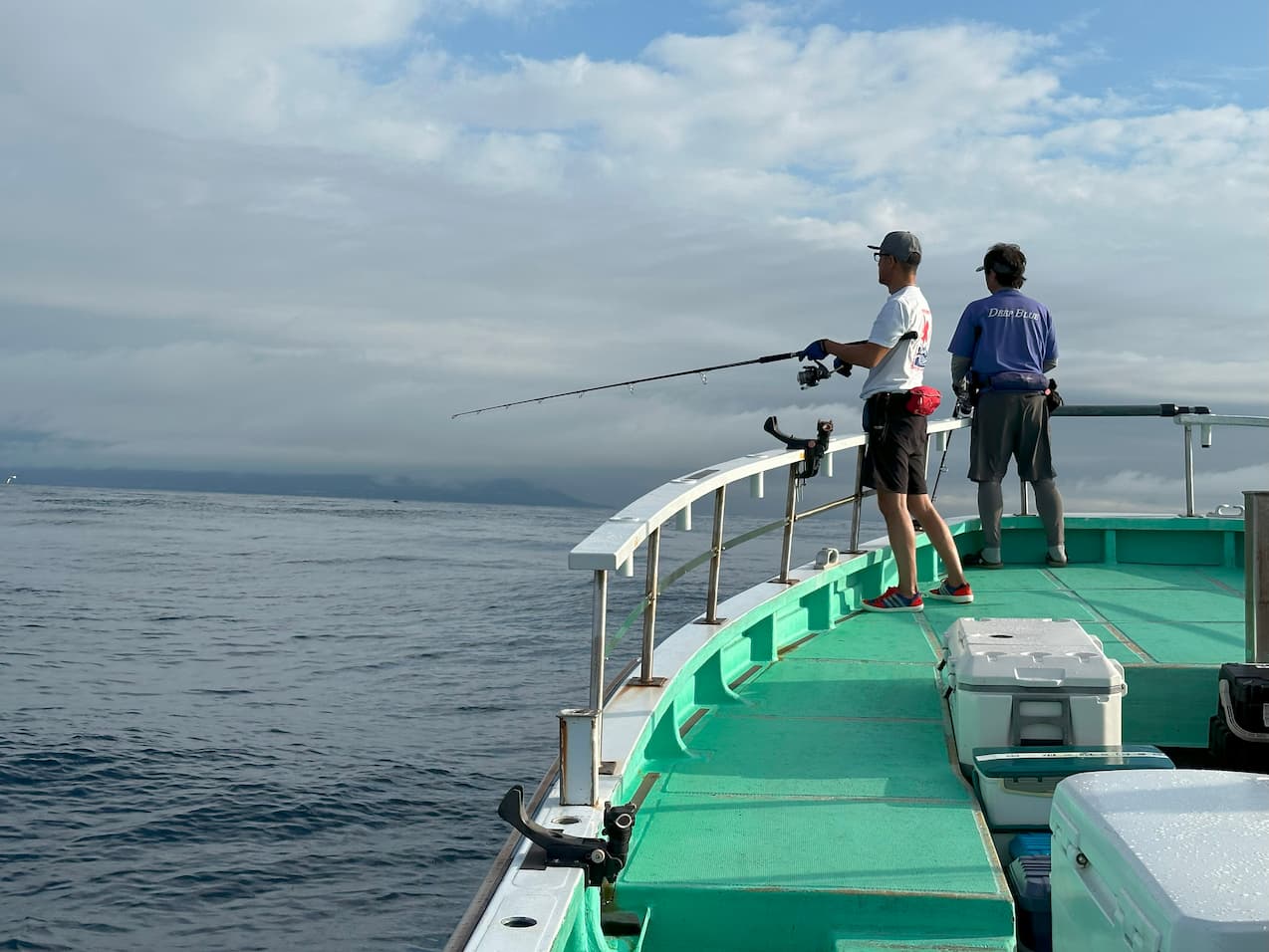
There was enough atmosphere to catch fish by casting. We had a hit in the morning, but no hits after that. However, depending on the timing, we sometimes get many hits. The average yellowfin is up to about 30 kg at the moment, but some big ones are migrating.

Casting Tackle
Rod: PENN Slammer PHSS-71M
PENN Slammer PHSS-71LMH
(Model supervised by Kei Hiramatsu) *Prototype
Reel: PENN Authority 8500HS
PENN Slammer DX 8500
Line & Leader: Sunline X8 Full Contact #8 & Nylon shock leader 130lb
Lure: Legrand Tango 190
Jigging Tackle
Rod: PENN Torque PHK-63M
Reel: PENN Slammer 3 6500
Line & Leader: Sunline PE Jigger 8HG #4 & Tsunagito 60lb
Lure: K-FLAT Gummy 200g-310g, Gummy-fat 250g, KEI Jig 235g KEI Jig, Sharp 260g
Hooks & Parts: Owner HyperWire #7
Solid Ring 6.5mm
JS-39 Blue Chaser 11/0
Polarized Lens: Glenfield ZEQUE “STELTH
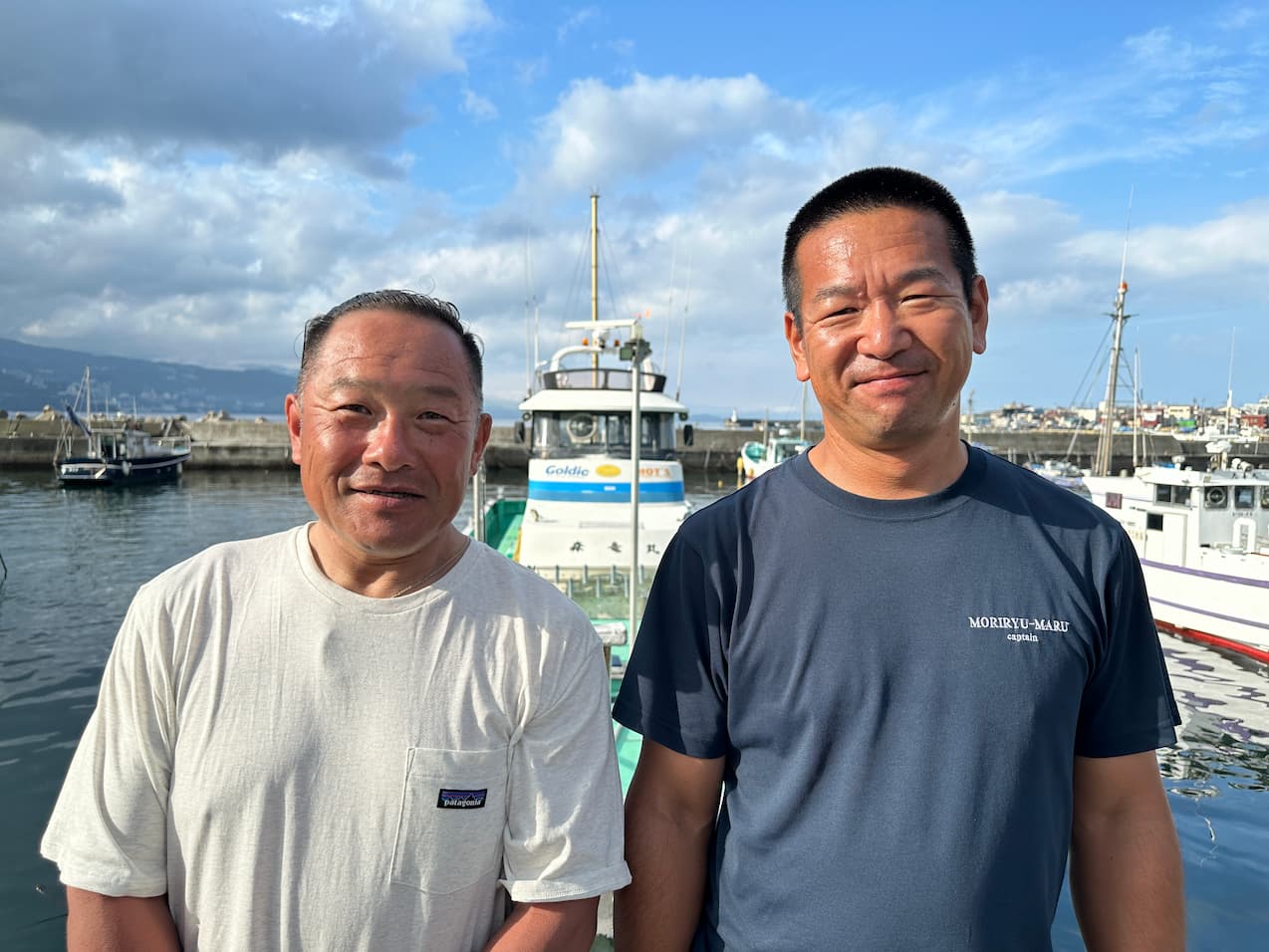
Izu Ajiro Port Moriryu Maru
Captain Takio Morino 090-1620-1988
https://www.moriryumaru.com/

Tackle inquiry
Goldic is closed on Tuesdays TEL046(252)6010
HP address: https://www.goldic.net/
Kei Hiramatsu’s official blog “Iibusa Diary
https://kei-hiramatsu.com/
Kei Hiramatsu facebook
https://www.facebook.com/hiramatsu.kei.1
X(Twitter)
@keitanhiramatsu
YouTube
Kei Hiramatsu channel


